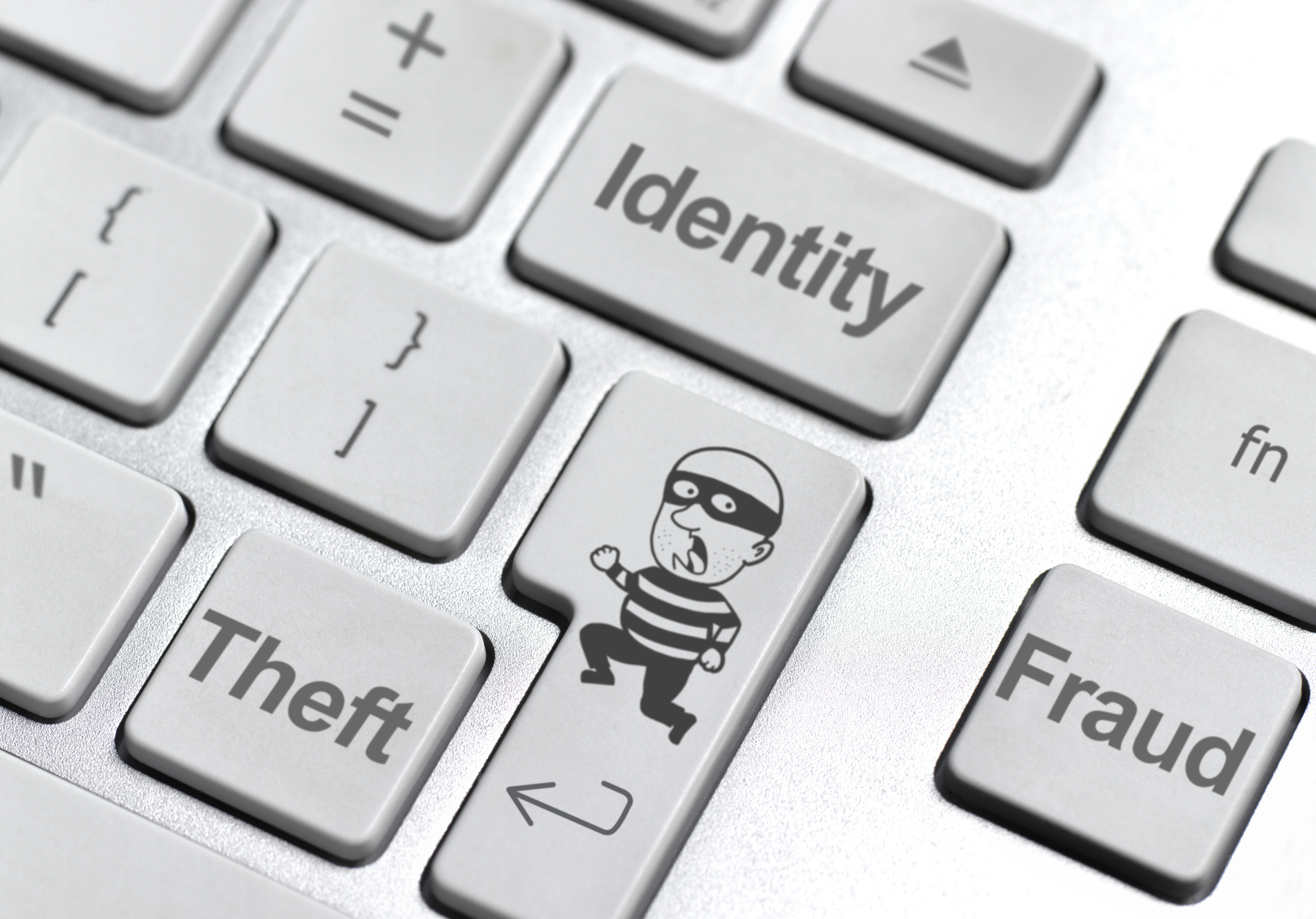Crooks Using New Schemes to Steal Your Identity
ID thieves are splicing together data from multiple victims, who are often in the dark.


Julie Conroy, a research director at Aite Group, a financial services research firm, specializes in fraud and money-laundering issues.
What is synthetic ID theft? Criminals fabricate new identities to open fraudulent lines of credit, typically by combining a stolen Social Security number with fictional information. Thieves often gain access to people’s SSNs and other personal information through data breaches, such as the recent breaches at Equifax and Anthem. They’ll then use those fake identities to apply for loans, credit cards and bank accounts, building their credibility (and by extension their creditworthiness) with financial institutions.
Why is it becoming more prevalent? A perfect storm has been forming over the past few years. We’ve been in a very steady credit recovery, and some of the old barriers to getting credit have eased as creditors try to find more people to give credit to. We’ve also seen almost 10 billion records breached since 2013. That gives the bad guys a lot of fodder to use when creating these fake identities. It also didn’t help that in 2011, the Social Security Administration started randomizing the issuance of SSNs, which eliminated some of the safeguards regulators relied on to ensure that people exist.
From just $107.88 $24.99 for Kiplinger Personal Finance
Become a smarter, better informed investor. Subscribe from just $107.88 $24.99, plus get up to 4 Special Issues

Sign up for Kiplinger’s Free Newsletters
Profit and prosper with the best of expert advice on investing, taxes, retirement, personal finance and more - straight to your e-mail.
Profit and prosper with the best of expert advice - straight to your e-mail.
Is it more difficult to spot synthetic ID theft than other types? Yes, because synthetic ID fraud involves an amalgam of people’s identities and fictional information. Fortunately, the credit bureaus have developed analytical scores that help them determine whether an SSN and identity belong to the right person. A new federal law should also make it easier for creditors to verify ownership of a Social Security number with the Social Security Administration, which should help them verify that credit applicants actually exist.
How can consumers protect themselves and their children from this type of ID theft? Check your credit reports from the three credit bureaus regularly. Don’t give out your SSN unless it’s absolutely necessary, especially online. Children’s SSNs are attractive for criminals because children are not going to be using their SSNs actively. Parents should periodically check the credit bureaus to see if there is activity associated with their child’s SSN, although this can be time-consuming. Start by contacting the bureaus and asking them to run a manual search of your child’s file.
Profit and prosper with the best of Kiplinger's advice on investing, taxes, retirement, personal finance and much more. Delivered daily. Enter your email in the box and click Sign Me Up.

-
 5 Investment Opportunities in 2026
5 Investment Opportunities in 2026As investors game-plan for the year ahead, these five areas of the equity markets deserve their attention.
-
 How Verizon’s Free Phone Deals Work
How Verizon’s Free Phone Deals WorkWhat shoppers need to know about eligibility, bill credits and plan costs.
-
 Does Your Car Insurer Need to Know All Your Kids? Michigan Cases Raise Question
Does Your Car Insurer Need to Know All Your Kids? Michigan Cases Raise QuestionWho you list on your policy matters more than most drivers realize, especially when it comes to who lives in your home.
-
 9 Types of Insurance You Probably Don't Need
9 Types of Insurance You Probably Don't NeedFinancial Planning If you're paying for these types of insurance, you may be wasting your money. Here's what you need to know.
-
 Seven Things You Should Do Now if You Think Your Identity Was Stolen
Seven Things You Should Do Now if You Think Your Identity Was StolenIf you suspect your identity was stolen, there are several steps you can take to protect yourself, but make sure you take action fast.
-
 The 8 Financial Documents You Should Always Shred
The 8 Financial Documents You Should Always ShredIdentity Theft The financial documents piling up at home put you at risk of fraud. Learn the eight types of financial documents you should always shred to protect yourself.
-
 How to Guard Against the New Generation of Fraud and Identity Theft
How to Guard Against the New Generation of Fraud and Identity TheftIdentity Theft Fraud and identity theft are getting more sophisticated and harder to spot. Stay ahead of the scammers with our advice.
-
 12 Ways to Protect Yourself From Fraud and Scams
12 Ways to Protect Yourself From Fraud and ScamsIdentity Theft Think you can spot the telltale signs of frauds and scams? Follow these 12 tips to stay safe from evolving threats and prevent others from falling victim.
-
 Watch Out for These Travel Scams This Summer
Watch Out for These Travel Scams This SummerIdentity Theft These travel scams are easy to fall for and could wreck your summer. Take a moment to read up on the warning signs and simple ways to protect yourself.
-
 Amazon Resale: Where Amazon Prime Returns Become Your Online Bargains
Amazon Resale: Where Amazon Prime Returns Become Your Online BargainsFeature Amazon Resale products may have some imperfections, but that often leads to wildly discounted prices.
-
 How to Guard Against Identity Theft in 2025
How to Guard Against Identity Theft in 2025Scammers are getting better at impersonating legitimate businesses.